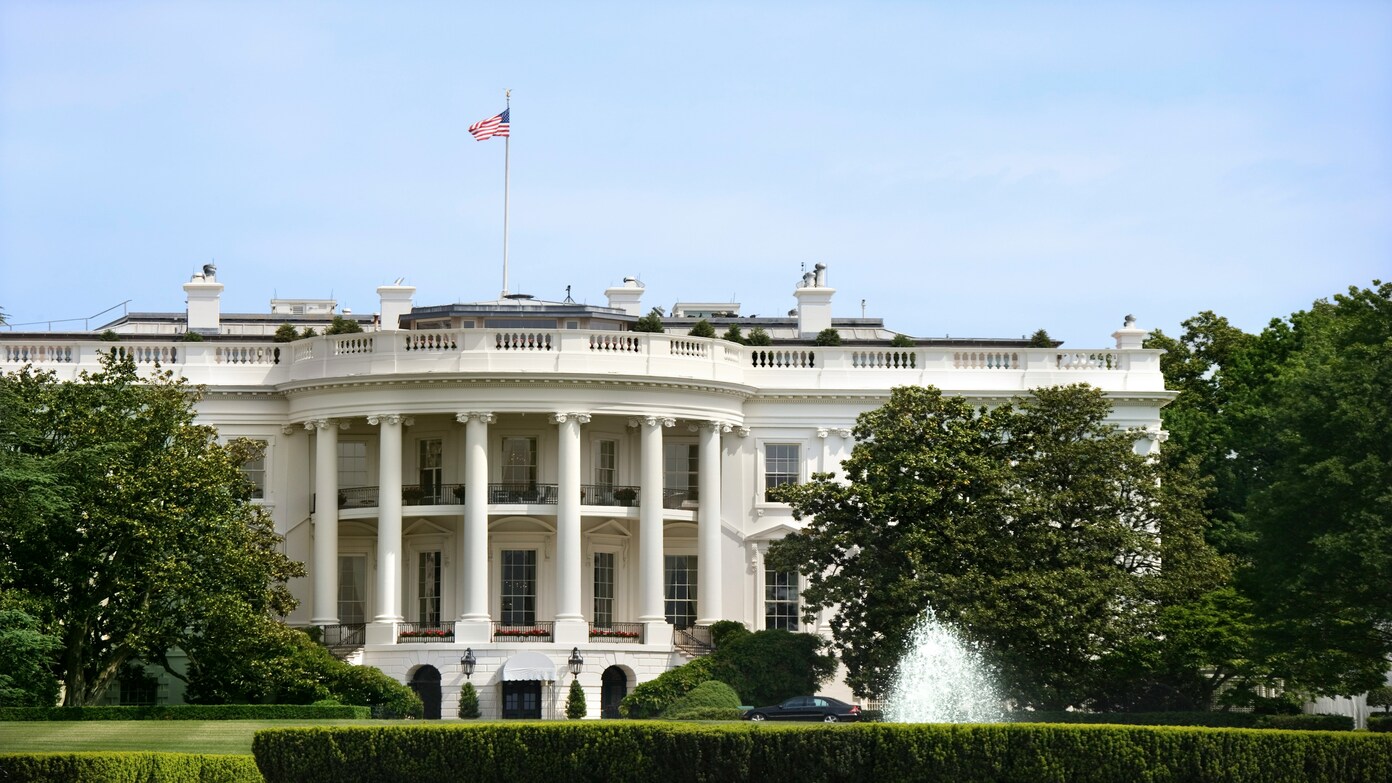A shocking sight on Pennsylvania Avenue
Imagine walking by the White House and seeing bulldozers where the East Wing once stood. That’s exactly what happened this week when demolition crews began tearing down the section of the White House that houses offices for the First Lady and her staff. The reason? President Donald Trump’s plan to build a massive new ballroom—a project that, he says, will “modernise” the landmark but which critics are calling a “desecration” of American history.
On Wednesday, Trump confirmed what news photos had already revealed — the full East Wing is being demolished. “In order to do it properly, we had to take down the existing structure,” he told reporters in the Oval Office. The White House insists this is part of a grander renovation effort, but the visuals of wrecking crews on one of the most iconic buildings in America have left Washington reeling.
Read this later: What happened to the U.S. economy during previous government shutdowns.
The biggest change in decades
The East Wing, which dates back to Franklin D. Roosevelt’s presidency in 1942, has long been home to the First Lady’s office and key staff members. Presidents have remodelled parts of the White House before, but not like this. Trump’s ballroom project, with an estimated price tag now at $300 million — up from $200 million initially—is the most extensive structural change in decades.
The White House says the demolition will wrap up within two weeks. An administration official noted that the new design will “modernise and renovate” the East Wing to make space for the grand ballroom, which is expected to host state events and large-scale gatherings.
But the timing and the lack of clarity about oversight have raised eyebrows. While Trump insists that “private donors” and his own funds will cover the costs, he hasn’t released full financing details.
Backlash and accusations
Not everyone is applauding the project. Lawmakers and preservationists are furious that demolition began before federal agencies had reviewed the plans. “President Trump’s desecration of the White House is an insult to the American people and a betrayal of his obligation to safeguard our history and heritage,” Senator Angus King of Maine said.
The National Trust for Historic Preservation has demanded that demolition pause until the National Capital Planning Commission (NCPC) — which oversees federal construction in Washington — completes its review. Their concern? The proposed 90,000-square-foot ballroom could “overwhelm the White House itself”, which currently measures just 55,000 square feet.
Despite those calls, the White House seems unlikely to slow down. Much of the East Wing has already been torn down, making any reversal difficult.
Read this later: What does the ceasefire agreement between Israel and Hamas say, and what are all the points Donald Trump has announced to end the war?
Questions about oversight and transparency
The situation has sparked confusion about who, exactly, approved the demolition. The NCPC typically reviews federal construction projects but not demolitions — a loophole that has left critics questioning how the work began.
Will Scharf, Trump’s White House staff secretary and also the NCPC chair, insists he wasn’t involved in the ballroom’s planning. “I’ve played no role in the planning process,” Scharf said, adding that he would evaluate the proposal “objectively” when it comes up for review. He also promised public meetings and comment opportunities as part of the approval process, which could take up to three months.
Still, that timeline offers little comfort to those watching history crumble in real time.
Public reaction
For many Americans, the demolition feels deeply personal. Sarah Kavanagh, a Maryland resident who visited the site, described her reaction as one of grief. “I honestly feel like putting a bouquet of flowers for a memorial,” she said. “I think it’s disgusting.”
Even among Trump supporters, the idea of razing part of the White House has been met with mixed emotions — some see it as bold and visionary, others as reckless and unnecessary.
Read this later: Trump, Nobel Peace Prize winner? This is the number of Americans who have won the award throughout history.
What comes next
The White House insists that the new ballroom will represent “a modern era for presidential hospitality”. Renderings displayed by Trump in the Oval Office show a gleaming, marble-floored space that he says will “honour tradition while embracing progress.”
But until the ballroom rises, Washington is left with dust, noise, and one pressing question: Did America just lose a piece of its history for the sake of a party hall?
Whether you love or loathe the decision, one thing is clear — Trump’s latest project isn’t just another renovation. It’s a full-blown reinvention of the White House, and the debate over it is just beginning.
You might want to read this later: Trump tells Fannie Mae and Freddie Mac to push builders to jumpstart home construction.

